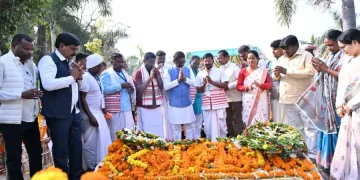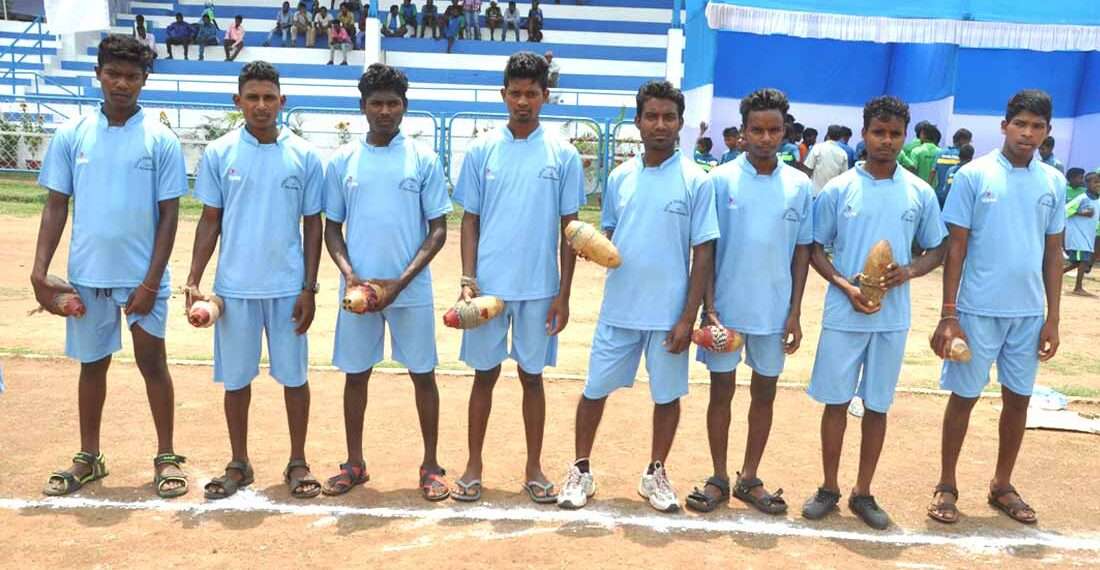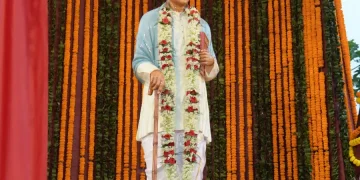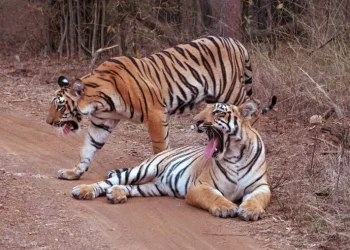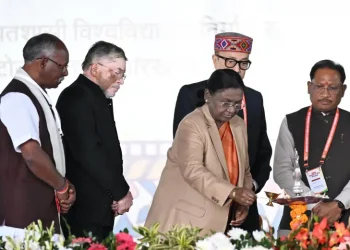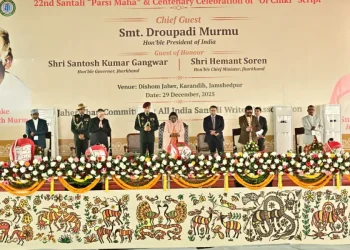India’s best-ever Olympic medal haul in the Tokyo Games has brought sports (other than cricket) firmly into the limelight. And the heroics of the hockey teams – both men and women – serve as a reminder of Jharkhand’s immense contribution.
Far from this world of corporatized sport, the ancient tribal games of Jharkhand are still played with zest, albeit by fewer and fewer people. Some have caught the eye of companies and may receive the support they need to battle extinction.
The Tata Cultural Society, a subsidiary of Tata Steel, is striving to revive games such as Sekkor and Kati by way of organizing tournaments.
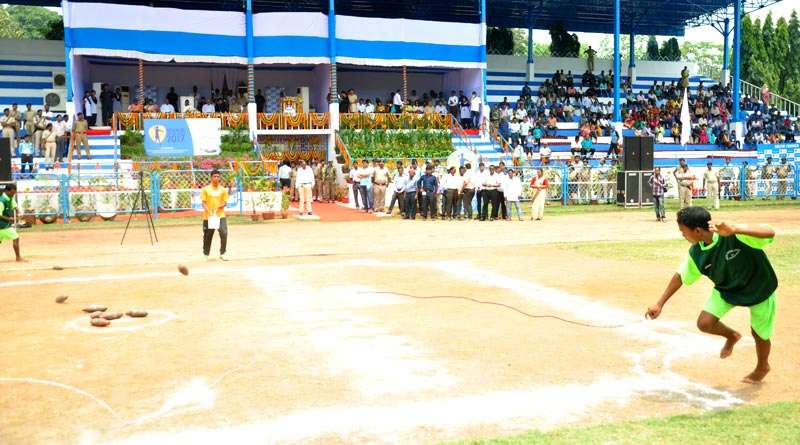
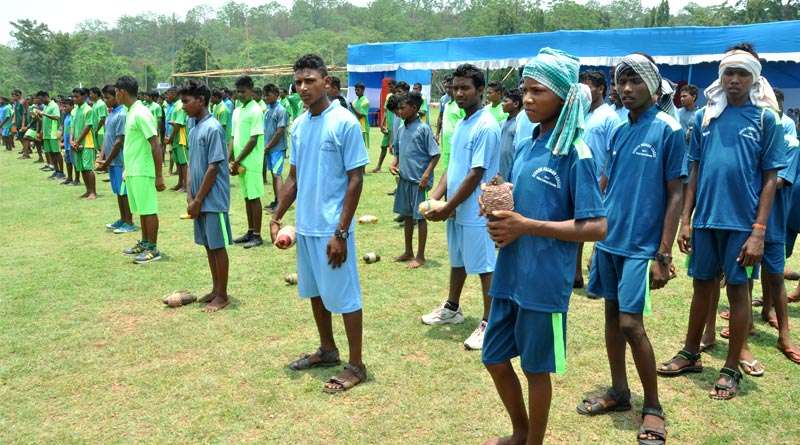


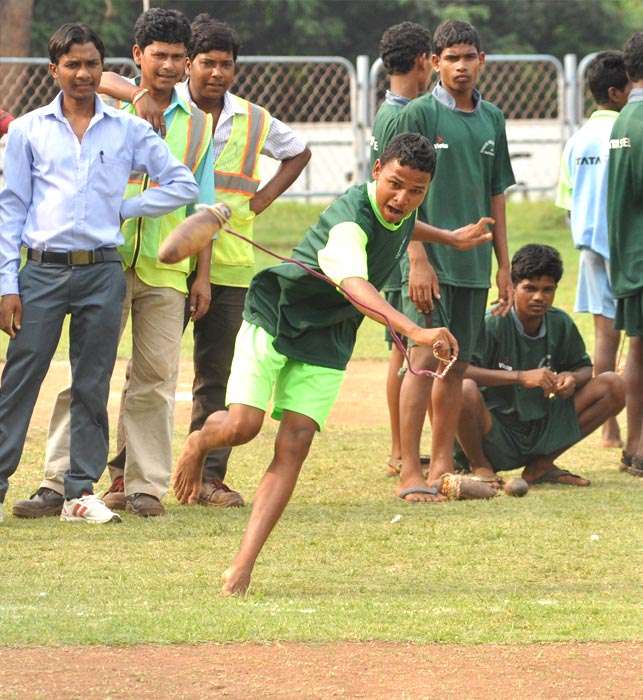
Sekkor
A mainstay among the Ho tribe, is akin to a spinning top, made of kusum wood, with an oval cap and a string wound around its base. It needs to be toppled by the opposing team.
The myth says it was first played between ancient men and the devils, a match that the mortals won. Now, Sekkor is played during the summers – a harbinger of good monsoon and preventer of drought.
Kati
A tradition of Kolhan area, pioneered by the Santhals and played after harvests. The game demands strength and a keen hand-eye coordination.
Each team has five, seven or 10 members. Each player has a semi-circular disc made of tamarind wood (kati) that must be hit by a six-foot bamboo stick called tarhi. The Kati are lined up in the centre of a rectangular court and must be hit by the Tarhi by using the feet.
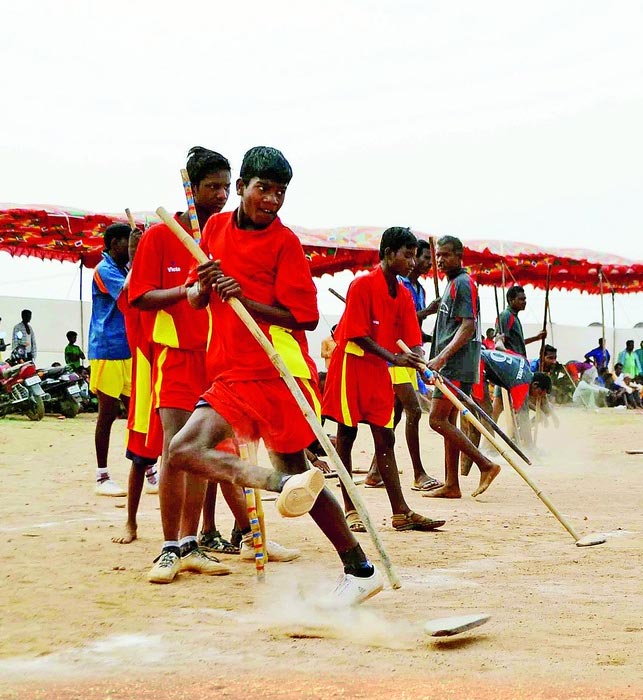
Other games of the tribal hinterlands in Jharkhand include Bitti (which resembles gilli–danda but is identified more with cricket), Ghogho–Ghogho Rani, Ainkh Mundwal Khaitkul, Jheluwa, Chhalkauwa, Pani mein Chhuachhui, among others.
Games such as Hada Pota, Thenga Gabawail and Ghhapi were once quite popular but are barely played now. As their knowledge dies away, it is important to realise the need to preserve these traditional, but fun, customs of the tribes.

